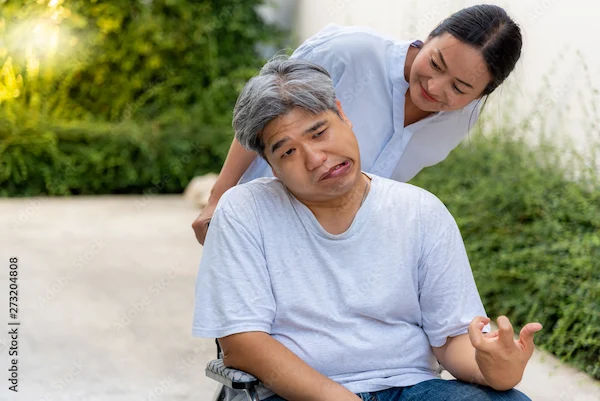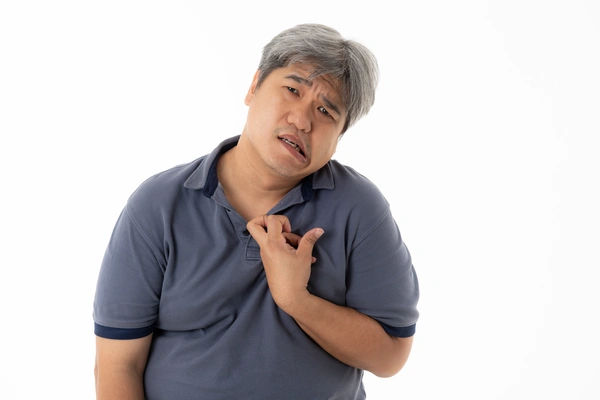Facial Reanimation: A Modern Guide to Restoring Movement and Smile
Discover facial reanimation, modern surgical techniques, recovery, and outcomes that help restore movement, symmetry, and the ability to smile after facial paralysis.

Written by Dr. Dhankecha Mayank Dineshbhai
Reviewed by Dr. Rohinipriyanka Pondugula MBBS
Last updated on 6th Oct, 2025
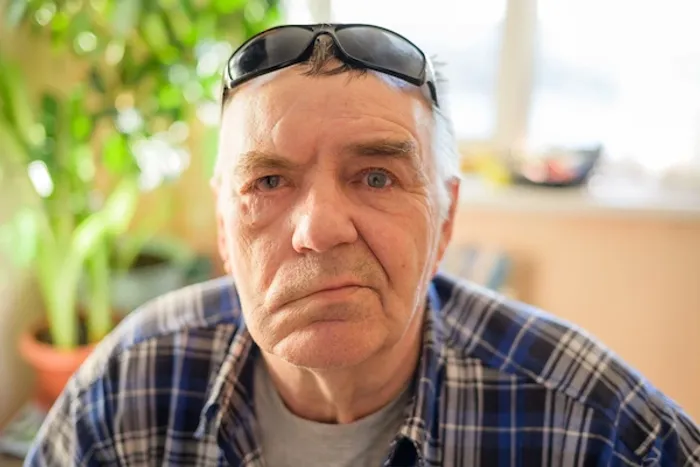
Introduction
Facial expressions are our primary window to the world—they convey joy, sadness, surprise, and connection. When facial paralysis strikes, it's more than a physical condition; it can impact speech, eating, eye closure, and one's very sense of self. The inability to smile can feel isolating. However, modern medicine offers a remarkable boon in the form of facial reanimation. This specialised field of reconstructive surgery is dedicated to restoring movement and symmetry to the face, offering hope and a renewed quality of life to those affected. This comprehensive guide will walk you through everything you need to know about facial reanimation, from its underlying causes to the advanced surgical techniques that can help reclaim your smile. We will explore the different types of procedures, the recovery journey, and how to determine if you or a loved one could be a candidate for this life-changing intervention.
Understanding Facial Paralysis: More Than Just a Droop
Facial paralysis occurs when there is damage to the seventh cranial nerve, also known as the facial nerve. This nerve is like a complex cable network that controls the muscles responsible for facial expressions, eyelid closure, and even taste sensation on the front two-thirds of the tongue.
The Vital Role of the Facial Nerve
The facial nerve travels from the brainstem through a tiny bone in the skull before branching out to the muscles on each side of the face. Its intricate function is what allows for a genuine, spontaneous smile. When this nerve is injured or compressed, the signals from the brain are interrupted, leading to weakness or complete paralysis on one or both sides of the face.
Common Causes of Facial Nerve Damage
The causes are varied, and identifying the root issue is the first step towards effective treatment for facial drooping.
- Bell's Palsy: The most common cause, often temporary and linked to viral inflammation.
- Acoustic Neuroma/Tumour: A benign tumour that can press on the facial nerve.
- Trauma: Head injuries or skull fractures that sever or damage the nerve.
- Stroke: A stroke can affect the part of the brain that controls facial nerves.
- Surgical Complications: Procedures on the parotid gland, brain, or ear can sometimes inadvertently injure the nerve.
If your facial weakness comes on suddenly or persists beyond two weeks, it's crucial to consult a doctor for a proper diagnosis. You can consult a neurologist or ENT specialist online with Apollo24|7 for an initial evaluation.
What is Facial Reanimation? A Beacon of Hope
Facial reanimation is not a single procedure but a suite of sophisticated surgical strategies designed to restore function. The chosen technique depends on the cause, duration, and extent of the paralysis, as well as the patient's overall health and goals.
Consult a Plastic Surgeon for the best advice
The Core Goals of Reanimation Surgery
The objectives are twofold: functional and aesthetic.
- Functional Restoration: Protecting the eye by enabling eyelid closure, improving speech clarity, and preventing drooling.
- Aesthetic Symmetry and Movement: Recreating a balanced appearance at rest and, most importantly, restoring the ability to smile. The ultimate goal of smile restoration surgery is a natural, spontaneous-looking smile.
Static vs. Dynamic Reanimation: Key Differences
- Static Procedures: These techniques provide support to sagging facial structures without restoring movement. They use slings, grafts, or weights to improve symmetry at rest. This is often a solution for patients who are not candidates for more complex dynamic procedures.
- Dynamic Procedures: These are the gold standard for restoring active movement. They aim to re-establish the connection between the brain and the facial muscles, either by repairing the original nerve or by borrowing nerves and muscles from other parts of the body.
Are You a Candidate? The Evaluation Process
Determining the right path for facial reanimation requires a thorough assessment by a multidisciplinary team, often including a facial plastic surgeon, neurologist, and ophthalmologist.
Diagnostic Tests and Specialist Consultations
Your doctor will likely recommend tests like an EMG (electromyography) to check the electrical activity of your facial muscles, and imaging scans (MRI or CT) to visualise the facial nerve pathway. This helps answer critical questions: Is the nerve still alive? Is there a chance for spontaneous recovery? The answers guide the decision between a nerve repair or a muscle transfer procedure.
A Deep Dive into Facial Reanimation Surgical Techniques
Nerve-Based Procedures: Reawakening the Signal
These are typically performed when there is a chance to reconnect or "re-power" the native facial muscles, usually within 12-24 months of the injury.
- Nerve Decompression: If the nerve is being compressed (e.g., by a tumour), relieving the pressure can allow it to recover function.
- Nerve Grafting and Transfers: If a segment of the nerve is damaged, it can be bridged with a nerve graft from another part of the body (like the leg). In a cross-face nerve graft, healthy nerves from the non-paralysed side of the face are connected to the paralysed side, "teaching" it to move in sync.
Muscle-Based Procedures: Restoring Power and Movement
For long-standing paralysis where the native muscles have atrophied, a new muscle must be brought in.
- Regional Muscle Transfers: A nearby muscle, like the temporalis muscle used for chewing, is repositioned to animate the corner of the mouth. While effective, the movement is not always a perfect "smile" (it's more of a jaw-clenching motion).
- Free-Functioning Muscle Transfers (FFMT): This is the most advanced dynamic facial reanimation surgery. A thin, expendable muscle (like the gracilis muscle from the inner thigh) is transplanted to the face. Its blood supply and nerve are reconnected microsurgically. The nerve is typically connected to the masseteric nerve (for chewing) or to a cross-face nerve graft, allowing for a voluntary and, with practice, spontaneous smile.
The Journey of Recovery: What to Expect After Surgery
Recovery is a marathon, not a sprint. Patience and commitment to rehabilitation are key.
The Immediate Post-Op Period
You can expect swelling and bruising for the first few weeks. A hospital stay of a few days is common, especially for FFMT. The focus is on healing and protecting the delicate surgical connections.
Long-Term Rehabilitation and Physical Therapy
The real magic happens in rehab. For nerve transfers, it can take 6 to 9 months for the first signs of movement to appear as the nerve regenerates at a rate of about 1 mm per day. Physical therapy for the face is essential to train the new connections. This involves mirror exercises, biofeedback, and practising expressions to create a natural-looking smile.
Setting Realistic Expectations: The Outcomes of Facial Reanimation
While facial reanimation cannot promise a 100% return to the pre-paralysis state, the outcomes can be profoundly life-changing. The primary success is a symmetrical face at rest and a restored, voluntary smile. Many patients report dramatic improvements in social confidence, mental well-being, and overall quality of life. The results continue to refine and improve for up to two years after surgery.
Conclusion
Facial paralysis is a challenging journey, but it is not one that must be faced without hope. The field of facial reanimation stands as a true boon, offering sophisticated and effective solutions that were unimaginable just a few decades ago. From delicate nerve repairs to complex microvascular muscle transfers, these procedures are meticulously designed to give patients back not just movement, but a vital means of non-verbal communication and emotional expression. If you or someone you know is living with the effects of facial paralysis, the most important step is to seek a consultation with a specialised medical team. They can provide a personalised assessment and discuss whether facial reanimation is the right path forward to reclaiming the power of a smile. For a comprehensive evaluation, you can book a physical visit to a specialist with Apollo24|7 to discuss your options.
Consult a Plastic Surgeon for the best advice
Consult a Plastic Surgeon for the best advice

Dr. Anup Dhir
Plastic Surgeon
38 Years • MBBS MS (General Surgery) MCh (Plastic & Reconstructive Surgery) FECSM (Fellow of the European Committee of Sexual Medicine). Senior Consultant- Plastic and Cosmetic Surgery.
Delhi
Apollo Hospitals Indraprastha, Delhi

Dr. Rajesh Kumar Watts
Plastic Surgeon
20 Years • MBBS, MS, Mch
Delhi
Apollo Hospitals Indraprastha, Delhi

Dr. Allu Bhavya Sree
Plastic Surgeon
6 Years • M.S., M.Ch (Plastic Surgery)(NIMS) Fellow Aesthetic Surgery (Belgium)
Chinagadila
Apollo Hospitals Health City Unit, Chinagadila
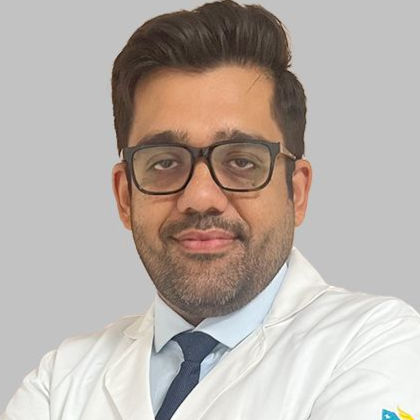
Dr Saurabh Mohindru
Plastic Surgeon
6 Years • MBBS, DNB (Surgery), MCh (Plastic Surgery) Fellowship in Aesthetics
Lucknow
Apollomedics Super Speciality Hospital, Lucknow
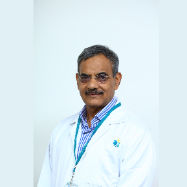
Dr. Shashi Bhusan K
Hand Surgeon
25 Years • MBBS.,MS(Surg.).,MCh(PS)
Chennai
Apollo Hospitals Greams Road, Chennai
(25+ Patients)
Consult a Plastic Surgeon for the best advice

Dr. Anup Dhir
Plastic Surgeon
38 Years • MBBS MS (General Surgery) MCh (Plastic & Reconstructive Surgery) FECSM (Fellow of the European Committee of Sexual Medicine). Senior Consultant- Plastic and Cosmetic Surgery.
Delhi
Apollo Hospitals Indraprastha, Delhi

Dr. Rajesh Kumar Watts
Plastic Surgeon
20 Years • MBBS, MS, Mch
Delhi
Apollo Hospitals Indraprastha, Delhi

Dr. Allu Bhavya Sree
Plastic Surgeon
6 Years • M.S., M.Ch (Plastic Surgery)(NIMS) Fellow Aesthetic Surgery (Belgium)
Chinagadila
Apollo Hospitals Health City Unit, Chinagadila

Dr Saurabh Mohindru
Plastic Surgeon
6 Years • MBBS, DNB (Surgery), MCh (Plastic Surgery) Fellowship in Aesthetics
Lucknow
Apollomedics Super Speciality Hospital, Lucknow

Dr. Shashi Bhusan K
Hand Surgeon
25 Years • MBBS.,MS(Surg.).,MCh(PS)
Chennai
Apollo Hospitals Greams Road, Chennai
(25+ Patients)
More articles from Paralysis
Frequently Asked Questions
What is the success rate of facial reanimation surgery?
Success rates are high, particularly for dynamic procedures like the gracilis free flap, with over 90% of patients achieving a voluntary smile. 'Success' is measured by improved symmetry and function, and outcomes vary based on the individual case.
How long does it take to see results after a nerve transfer procedure?
Due to the slow rate of nerve regeneration (about 1 inch per month), it typically takes 6 to 9 months to see the first flicker of movement. Full results can continue to develop for up to 18-24 months.
Is facial reanimation surgery covered by insurance?
In most cases, yes. Because facial paralysis is a functional and reconstructive issue (not purely cosmetic), procedures aimed at restoring eye closure, speech, and smile are generally covered by health insurance plans. Pre-authorisation is usually required.
What are the main risks associated with these surgeries?
As with any major surgery, risks include infection, bleeding, and scarring. Specific risks include failure of the nerve or muscle graft to function, asymmetry, and donor site morbidity (e.g., weakness or numbness at the site where a nerve or muscle was taken).
Can children undergo facial reanimation?
Yes, children with congenital facial paralysis (like in Moebius Syndrome) or acquired paralysis are excellent candidates. The surgical principles are similar, and early intervention can be beneficial for their social and emotional development.

